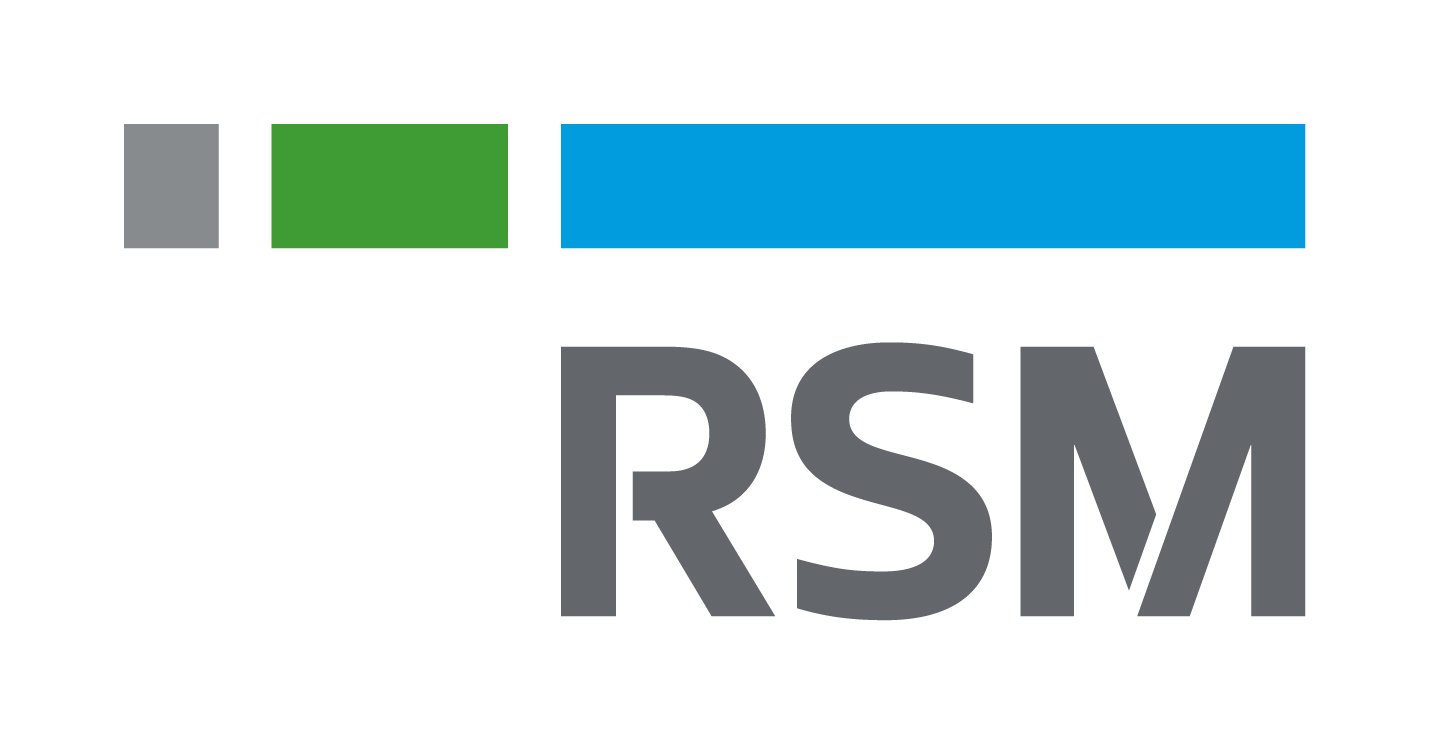Featured Comments by Our CEO Kengo Maekawa in RSM Headquarters Real Estate Article
December 18, 2023
We’re excited to share insights from our very own CEO, Kengo Maekawa, featured in RSM International’s recent article.

The last few years have seen multiple shifts in real estate across the globe. The now-mainstay practice of working from home has unsurprisingly made a significant impact on the sector, and the Asia Pacific region (APAC) is no exception. Of course, with more people working from home, the effects ripple through both commercial and residential real estate as more and more businesses adopt hybrid working models. There is no denying that the impacts of the global pandemic are still being felt, as it fundamentally changed the way many of us approach our lives with higher demands for flexibility; a better work/life balance; and the ability to work from anywhere – to name a few. With these new ways of living and working, the real estate industry has transformed to cater to these evolving trends. RSM’s real estate experts share their perspectives on how remote and hybrid working is affecting the real estate market in Asia Pacific.
How much is too much? The demand for office space
Prior to 2020, commercial real estate saw continuous and steady growth, riding on the back of strong business sentiments. Of course, the global pandemic and the ensuing legislation and official advice meant that this steady growth was abruptly halted.
“The pandemic,” says Dennis Lee, Partner at RSM Singapore, “brought about a rethink of how ‘working from home’ was possible, resulting in declines in occupancy rates, significant rental reversion and a reconfiguration of traditional work models to capitalise on shared/ co-office workspace.” These effects continue through to the modern day. Lee continues: “In recent months, Singapore Real Estate Investment Trusts have also seen a decline in distributions per unit and a general slipping of rental yields.”
In Australia, the commercial real estate market is still seeing demand for premium office space, but the amount of actual floor space demanded has declined. As Adam Crowley, National Leader for Property and Construction at RSM Australia, says: “In most major capital cities, the demand for premium office space has continued to remain strong, with A+ grade tenants in search for A+ grade office space. However, the amount of floor space taken by A+ grade tenants has declined, with the major firms and organisations that usually opt for premium property leasing less space than usual due to much of their workforce operating on a hybrid working model.”
The debate as to whether organisations will return to the office fully or maintain hybrid or remote working models is still ongoing. In Singapore, however, commercial real estate may see an uptick in demand in the future. “These pockets of decline are expected to be temporary due to changing views of ‘work from home’ arrangements,” says Keith Tan, Business Consulting Director at RSM Singapore. “Generally, businesses in Singapore (including Government departments) are moving back to a full or hybrid working model, and the post-pandemic recovery has also seen commercial projects get back on track.”
Similarly, in Japan, the office space may make a comeback – just not in the way that we knew it before. “Looking ahead, it’s unlikely that office attendance will return to pre-pandemic levels,” says Kengo Maekawa, Founder and CEO of RSM Shiodome Partners. “On the flip side, there’s a noticeable surge in flexible office solutions, exemplified by the rise of shared offices and co-working spaces.”
Escape from the city: Real estate in suburbia
In some countries, the residential real estate markets outside of the more densely populated city areas have seen a surge in demand. With people working and spending more time at home, space at home has become an increasingly desired resource, and the convenience of proximity to an employer, less so. As Maekawa puts it, “The rise of remote work is driving an increased demand for housing in suburban and rural areas, expanding commuting options. I expect there to be a continuing interest in housing outside urban areas and designs tailored to remote work needs as we move forward.”
Despite the demand for commercial real estate in city centres softening, there is an apparent “redistribution of demand for real estate in the city fringes or within specialised suburban zones,” Tan says. With lower attendance in office spaces, the use case for expensive office space in the city has become less convincing. As such, many organisations, much like those working in them, have moved their operations from the city into more suburban areas to avoid city costs and accommodate a more flexible working model. In Singapore, Lee confirms, “General business demands for gross floor area in the central business district have seen shrinkage of almost 20% compared to ‘pre-COVID’ levels”, says Lee. “Whilst businesses rethink their demand for office space and reconfigure workforce needs to compensate for hybrid working requirements, we are also seeing traditional business locations shift to suburban districts with the development of specialised business parks in various parts of our island state.”
Bucking the trend: flexible office solutions
Whilst demand for traditional office spaces continues to decline, the increased demand for a sustained, flexible work environment has given rise to new forms of commercial real estate, namely mixed-use office spaces and co-working spaces. According to Tan, in Singapore, “The yields in the industrial and mixed-use office space segments of the real estate market have been robust with rental indices showing consecutive growth across the past 24 months.” Specifically, this is driven by the Singapore Government’s plans to grow the logistics, e-commerce and high technology sectors.
In Japan, we are seeing a similar adoption of co-working spaces that real estate professionals are capitalising on. “Providers are rapidly expanding to meet growing demand in flexible work environments across various sectors,” says Maekawa. “A hybrid approach to work, combining traditional office spaces with remote work, including shared offices, is becoming the new norm. These options cater to the changing preferences of businesses and professionals seeking adaptable and collaborative work environments. As a result, the commercial real estate landscape is adapting to accommodate this evolving demand for flexibility and remote work integration.”
Many commercial properties affected by the plunge in demand are looking at transforming their properties to suit more modern needs. In Australia, Crowley observes, “Owners and investors in less-than-premium office space have considered their options, typically looking at whether to invest in renovations to attract new tenants; or in providing significant lease incentives; while others have explored options to repurpose their buildings for other use (some looking at commercial to residential conversions).”
The takeaway
The seismic shift towards remote and hybrid working in the Asia Pacific region has significantly impacted the real estate landscape. While demand for traditional office space faces challenges, the rise of flexible work models has given rise to innovative solutions such as mixed-use offices and co-working spaces. As businesses navigate evolving work paradigms, there is a discernible trend toward suburban residential real estate, reflecting a desire for more space and flexibility. In response, the real estate industry is transforming, embracing adaptability and redefining the conventional notions of office spaces to meet the demands of a dynamic and remote-friendly future.





